
Whole-genome sequencing reveals the extent of GC-biased gene conversion in plants and fungi ($)
Blog, Plant Science Research Weekly, Research, Research BlogGene conversion, a mechanism involving the unidirectional exchange of DNA from a donor to an acceptor sequence through homologous recombination, is a major driver of genome evolution. It has been speculated that gene conversion may be biased towards GC alleles, and thus favours accumulation of GC in…
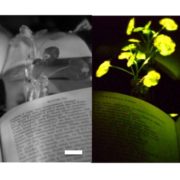
A nanobionic light emitting plant ($)
Blog, Plant Science Research Weekly, Research, Research BlogReading books by the light of nanobionic plants sounds like something out of a scifi book. However, scientists have been working for many years on engineering light-emitting plants based on the luciferase enzyme. This work has been limited largely by the need to overcome the toxicity of adding to much…
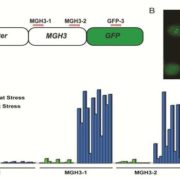
Increased efficiency of targeted mutagenesis by CRISPR/Cas9 in plants using heat stress ($)
Blog, Plant Science Research Weekly, Research, Research BlogCRISPR/Cas9 genome editing has rapidly become a powerful tool in modern plant science research. However, issues of low editing efficiencies and off-target mutations remain. LeBlanc et al. hypothesised that subjecting plants to high temperature stress, mimicking the optimal operating temperature of…
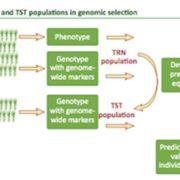
Review. Genomic selection in plant breeding: Methods, models, and perspectives
Blog, Plant Science Research Weekly, Research, Research BlogIn future years, climate change may cause significant economic losses to countries worldwide. Consequently, genetic improvement of crops fit for drought-stressed and semi-arid regions is becoming a must. In this review, Crossa et al. assess the advances in genetic selection (GS) and genomic-enabled prediction…
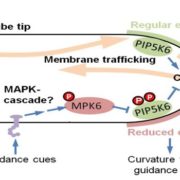
What We're Reading: December 1st
Blog, Research, Research Blog, WWR Full PostReview. Genomic selection in plant breeding: Methods, models, and perspectives
In future years, climate change may cause significant economic losses to countries worldwide. Consequently, genetic improvement of crops fit for drought-stressed and semi-arid regions is becoming a must. In this review,…
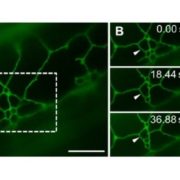
Update: Advances in imaging plant cell dynamics
Blog, Plant Physiology, Plant Physiology: Updates, Research, Research BlogBy Jozef Samaj, George Komis, Dominik Novak, Miroslav Ovecka, Olga Samajova
Abstract
After the establishment of advanced fluorescence microscopy methods and the development of numerous fluorescent proteins it is possible to follow the organization and dynamics of most organelles and subcellular…
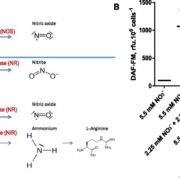
Nitric Oxide and Diatoms
Blog, Plant Physiology, Plant Physiology: On The Inside, Research, Research BlogAll gases in the N cycle, including nitric oxide (NO), are present in oceans, either because of gas exchanges at the air-water interface or because they are produced within oceans themselves. NO, a physiologically important gaseous transmitter, is generated in seawater by nonbiological photochemical…
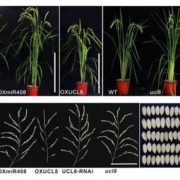
A MicroRNA Affecting Grain Yield in Rice
Blog, Plant Physiology, Plant Physiology: On The Inside, Research, Research BlogMicroRNAs (miRNAs), a class of abundant small noncoding RNAs, have been identified as important regulators of gene expression in plants, affecting many aspects of plant development. Recently, several miRNAs have been reported to regulate rice grain yield. A previous study revealed that miR397 regulates…
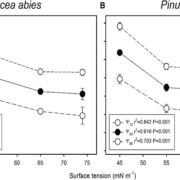
Xylem Sap Surface Tension and Hydraulic Safety
Blog, Plant Physiology, Plant Physiology: On The Inside, Research, Research BlogXylem embolisms are induced by drought stress and/or freezing stress by means of “air-seeding,” that is the aspiration of gaseous bubbles into xylem conduits from adjacent gas-filled compartments via the pits. At water potentials less negative than the threshold for air seeding, the air-water interface…

